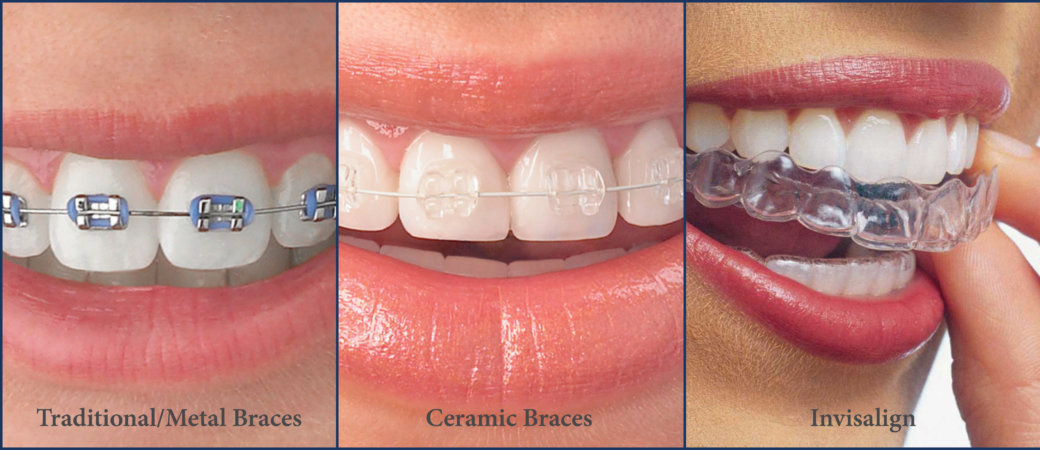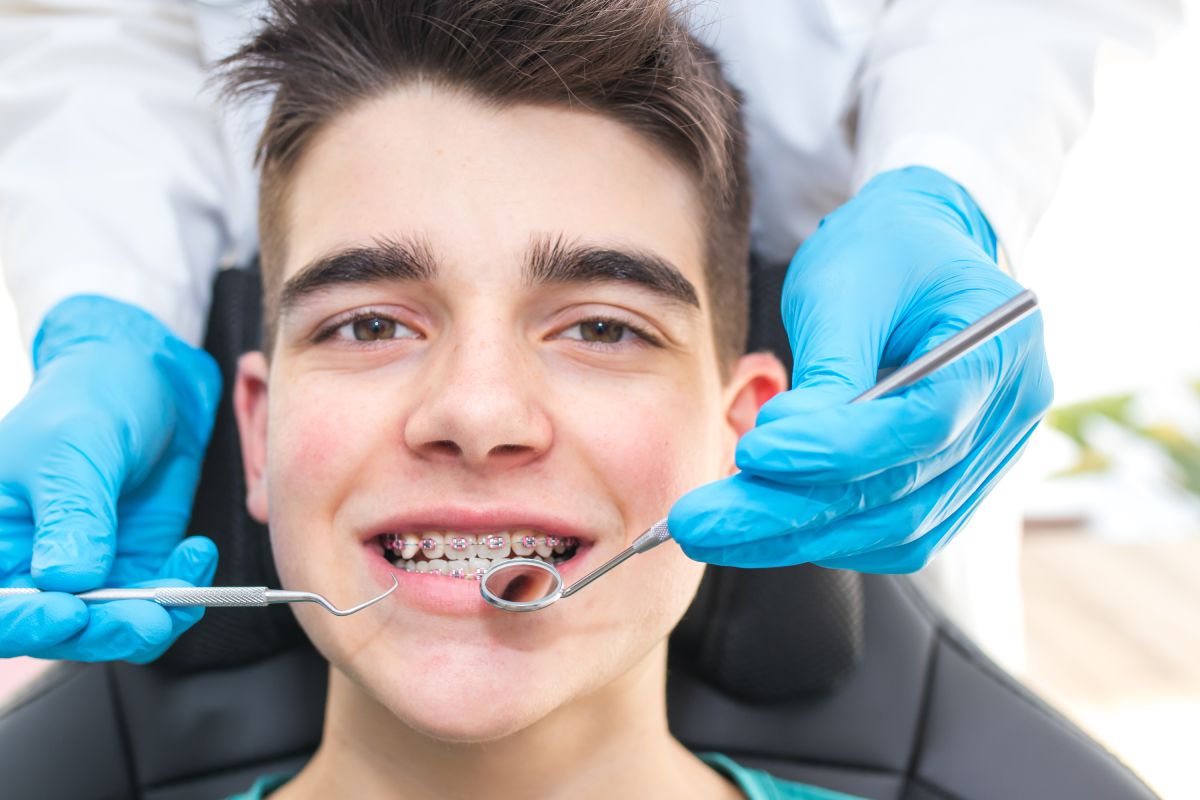What Does Causey Orthodontics Do?
Table of ContentsThe Ultimate Guide To Causey OrthodonticsWhat Does Causey Orthodontics Do?The Ultimate Guide To Causey Orthodontics3 Easy Facts About Causey Orthodontics ShownTop Guidelines Of Causey Orthodontics
Disregarding occlusal relationships, it was typical to get rid of teeth for a range of oral problems, such as malalignment or congestion. The idea of an intact dentition was not widely valued in those days, making bite connections appear pointless. In the late 1800s, the principle of occlusion was necessary for producing reliable prosthetic substitute teeth.As these concepts of prosthetic occlusion progressed, it came to be a vital tool for dentistry. It was in 1890 that the job and influence of Dr. Edwards H. Angle began to be really felt, with his payment to contemporary orthodontics specifically noteworthy. Originally concentrated on prosthodontics, he educated in Pennsylvania and Minnesota before routing his attention towards dental occlusion and the therapies needed to maintain it as a typical condition, therefore coming to be understood as the "dad of contemporary orthodontics".

The principle of ideal occlusion, as postulated by Angle and included right into a classification system, allowed a shift towards treating malocclusion, which is any type of discrepancy from typical occlusion. Having a complete collection of teeth on both arches was very searched for in orthodontic therapy due to the demand for exact partnerships between them.
Causey Orthodontics Can Be Fun For Everyone
As occlusion ended up being the key concern, facial percentages and visual appeals were neglected - best orthodontist. To accomplish suitable occlusals without utilizing outside forces, Angle proposed that having excellent occlusion was the most effective method to obtain optimum face visual appeals. With the passing of time, it ended up being fairly apparent that also an extraordinary occlusion was not appropriate when taken into consideration from a visual perspective
Charles Tweed in America and Raymond Begg in Australia (who both researched under Angle) re-introduced dentistry removal right into orthodontics throughout the 1940s and 1950s so they might boost facial esthetics while also guaranteeing better security worrying occlusal relationships. In the postwar period, cephalometric radiography begun to be made use of by orthodontists for gauging changes in tooth and jaw position brought on by development and treatment. It ended up being evident that orthodontic treatment might change mandibular advancement, causing the formation of practical jaw orthopedics in Europe and extraoral force procedures in the US. These days, both useful devices and extraoral tools are used around the globe with the aim of amending growth patterns and forms. Consequently, seeking real, or at least enhanced, jaw connections had actually come to be the primary objective of therapy by the mid-20th century.
Rumored Buzz on Causey Orthodontics
 Up until the mid-1970s, dental braces were made by wrapping steel around each tooth. http://localstorefronts.com/directory/listingdisplay.aspx?lid=72531., it became feasible to instead bond metal brackets to the teeth.
Up until the mid-1970s, dental braces were made by wrapping steel around each tooth. http://localstorefronts.com/directory/listingdisplay.aspx?lid=72531., it became feasible to instead bond metal brackets to the teeth.This has had significant impacts on orthodontic treatments that are administered on a regular basis, and these are: 1. Proper interarchal partnerships 2. Proper crown angulation (pointer) 3.
The benefit of the layout lies in its brace and archwire mix, which needs only very little wire bending from the orthodontist or clinician (orthodontist services). It's appropriately named after this feature: the angle of the slot and density of the brace base ultimately figure out where each tooth is situated with little need for added adjustment
The Only Guide to Causey Orthodontics
Both of these systems used similar brackets for every tooth and demanded the bending of an archwire in three airplanes for locating teeth in their preferred placements, with these bends dictating supreme placements. When it comes to orthodontic home appliances, they are divided into 2 kinds: detachable and repaired. Detachable appliances can be handled and off by the person as required.

Therefore, mostly all modern-day set appliances can be considered variants on this edgewise home appliance system. Early 20th-century orthodontist Edward Angle made a significant payment to the world of dental care. He created 4 distinct home appliance systems that have been made use of as the basis for lots of orthodontic therapies today, preventing a couple of exemptions.
About Causey Orthodontics

The cord ended in a thread, and to relocate onward, a flexible nut was utilized, which permitted a rise in area. By ligation, each private tooth was attached to this large archwire (family orthodontics). As a result of its limited variety of movement, Angle was unable to attain accurate tooth positioning with an E-arch
These tubes held a firm pin, which can be repositioned at each consultation in order to move them in position. Referred to as the "bone-growing appliance", this gizmo was thought to encourage much healthier bone growth as a result of its potential for moving force straight to the roots. Nevertheless, implementing it confirmed problematic in reality.